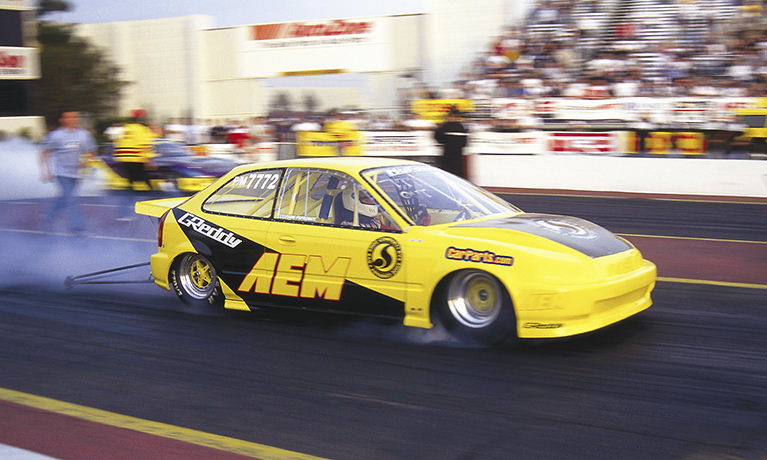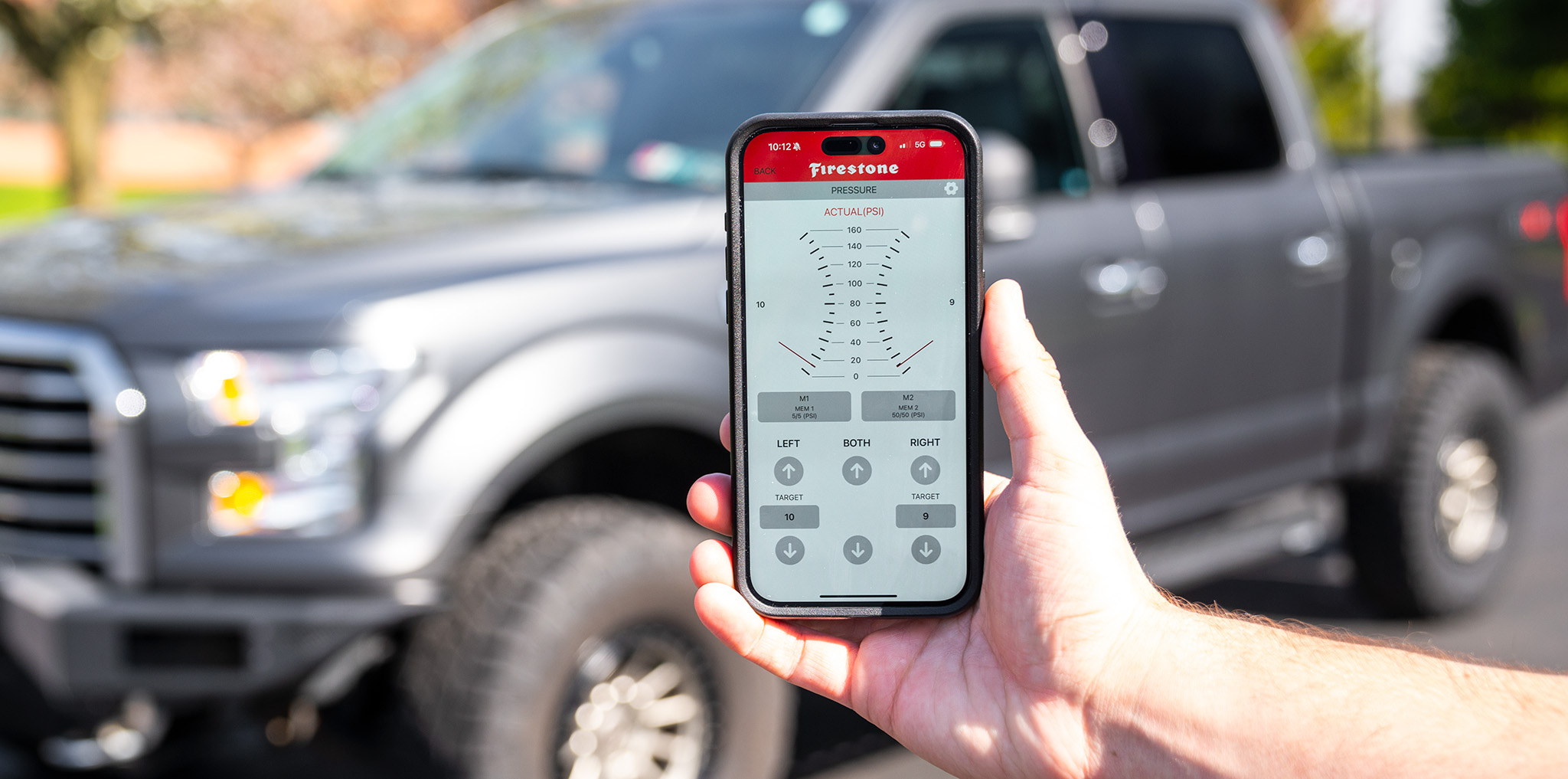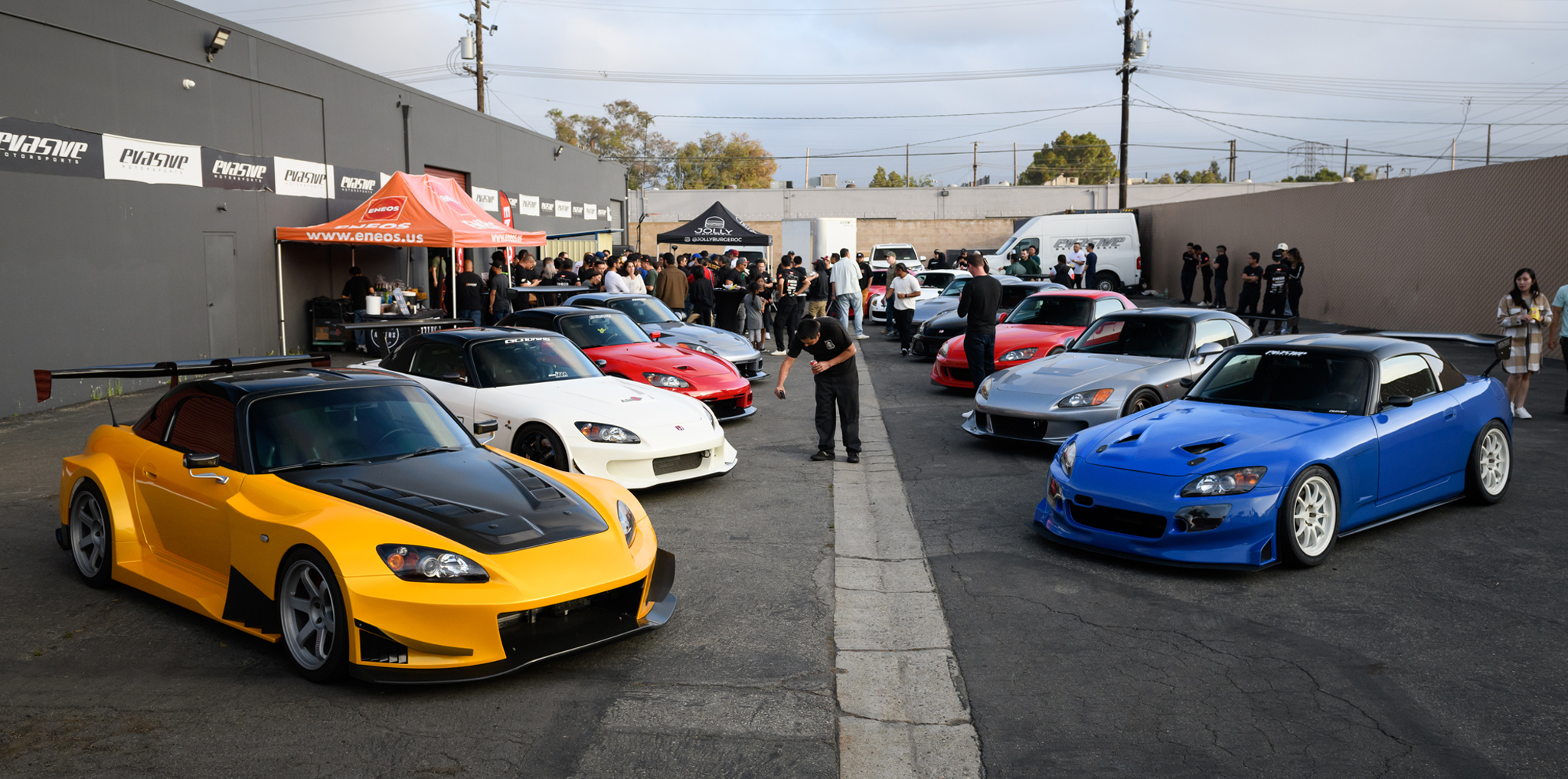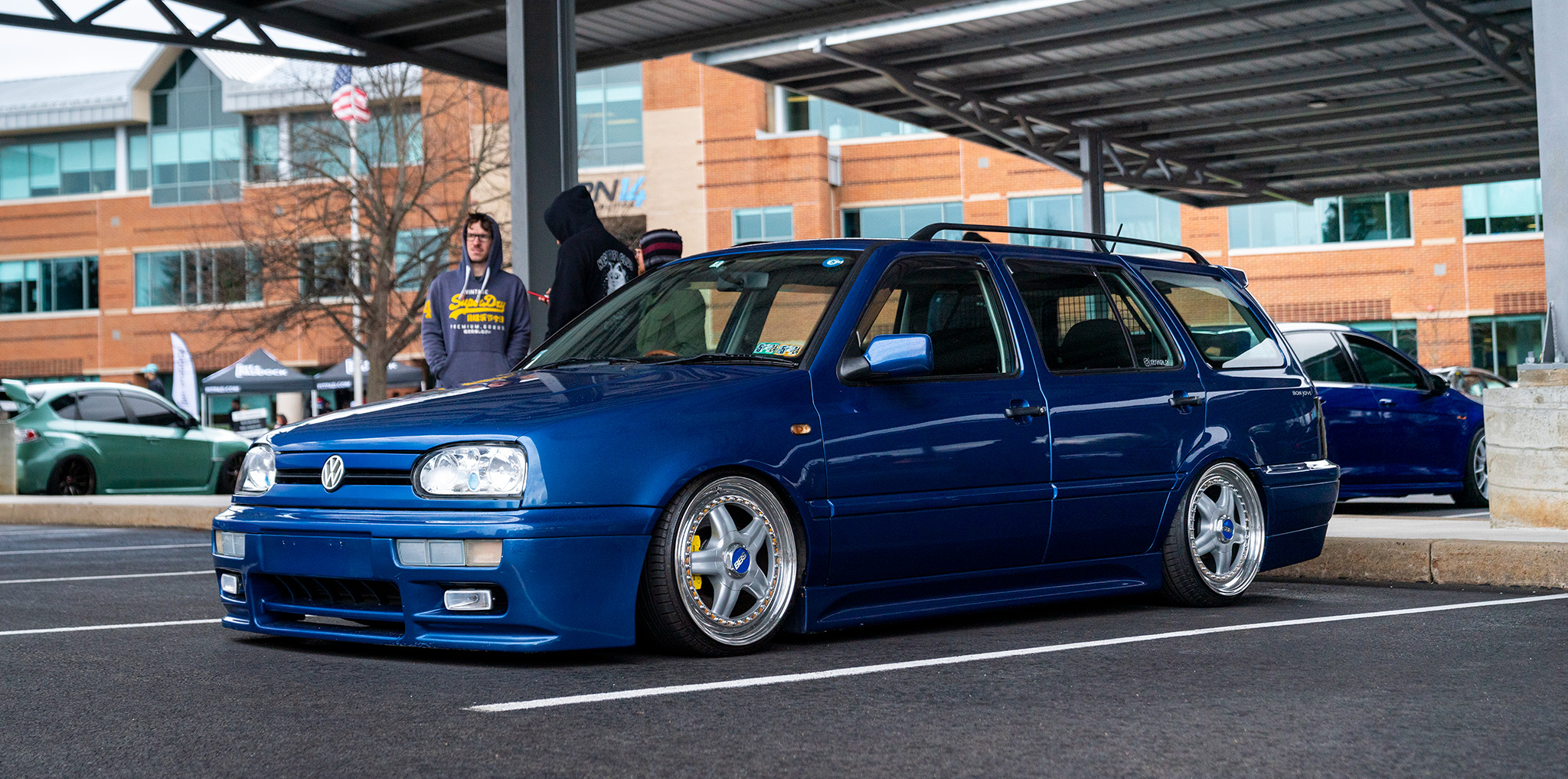Origins is Front Street’s method of broadcasting how some of our favorite automotive aftermarket titans started in the industry. It features details that aren’t publicly available in any About Us section and explains how each became the name we all admire. In our newest installation of the Origins saga, we’re recounting how one of the world’s premier engine management and performance electronics company was started. We’re talking, of course, about AEM Performance Electronics.
The company has been through so many different phases but has always consistently focused on making the most advanced technologies accessible to the racing masses. Here to explain the company’s intricate past is the Director of Marketing and Public Relations at AEM Performance Electronics, Lawson Mollica. We hope you enjoy reading about 33 years of ‘Engineered to Outperform!’

Lawson Mollica, AEM Performance Electronics’ Director of Marketing and Public Relations: AEM’s humble beginnings began as a tuning and fabrication shop in Compton, CA, on the day of the Whittier Narrows earthquake on October 1st, 1987. For non-Californians, that was a big one, registering 5.9 on the Richter scale, killing 8 people, crumbling thousands of buildings, and nearly ending AEM before it ever got started. You see, founder John Concialdi, or JC to those who know him, had several hundred thousand dollars of exotic and vintage road and racecars in the new shop. JC tried to convince one of his close friends, John Anderson, to help him move them from the shop to the warehouse so they would not get scratched by anyone the next day when AEM opened. In the warehouse, though, were pallets of brake rotors stacked on racks. Anderson wasn’t feeling it and suggested they get a pint at the local pub instead, joking that ‘with JC’s luck they would probably have an earthquake and the cars would be demolished by rotors.’
“That was literally the quote I will NEVER forget,” JC said, laughing.
“But the reality is that we didn’t have two nickels to rub together after we opened, and if we had moved those cars, AEM wouldn’t exist.”
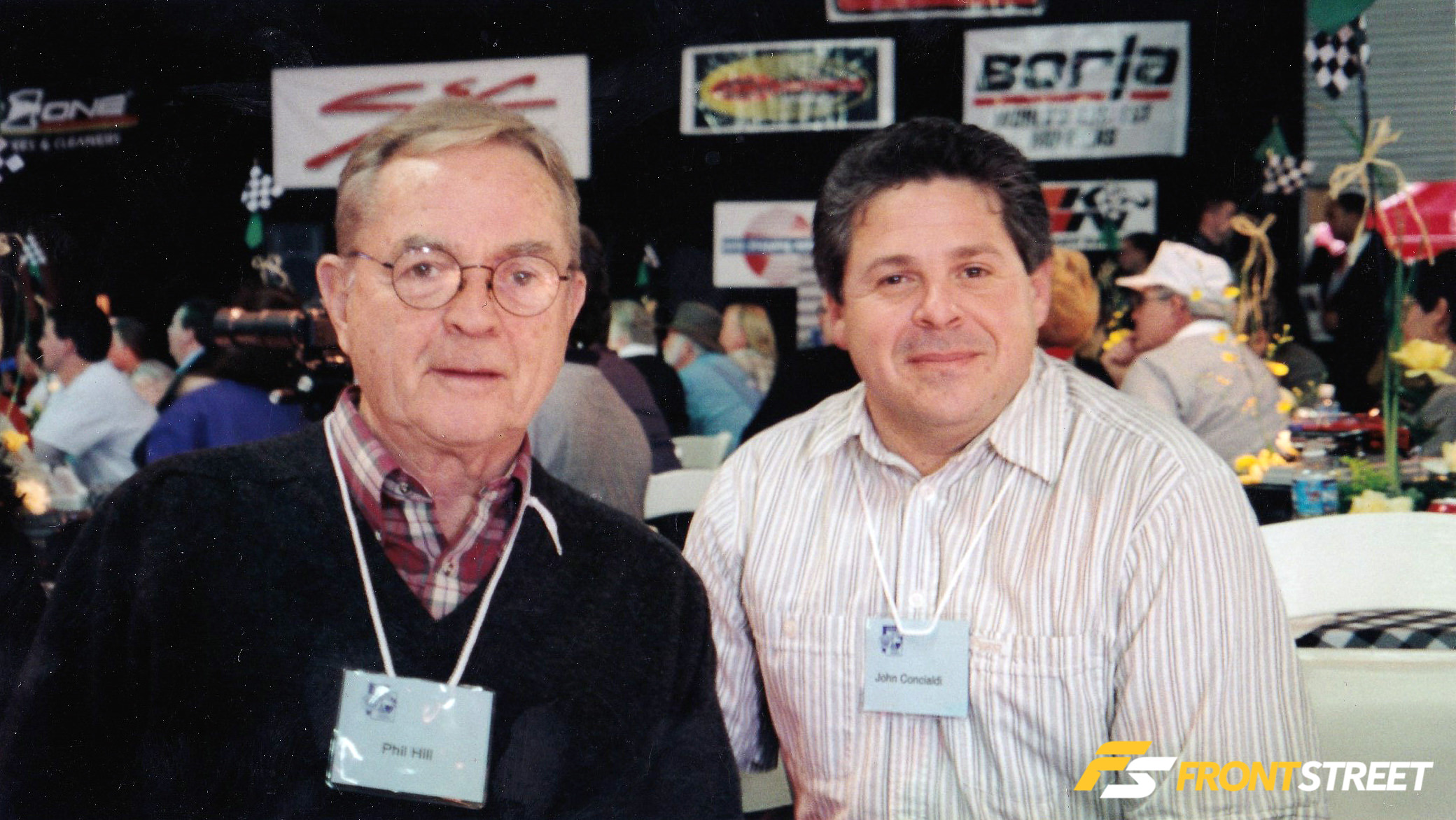
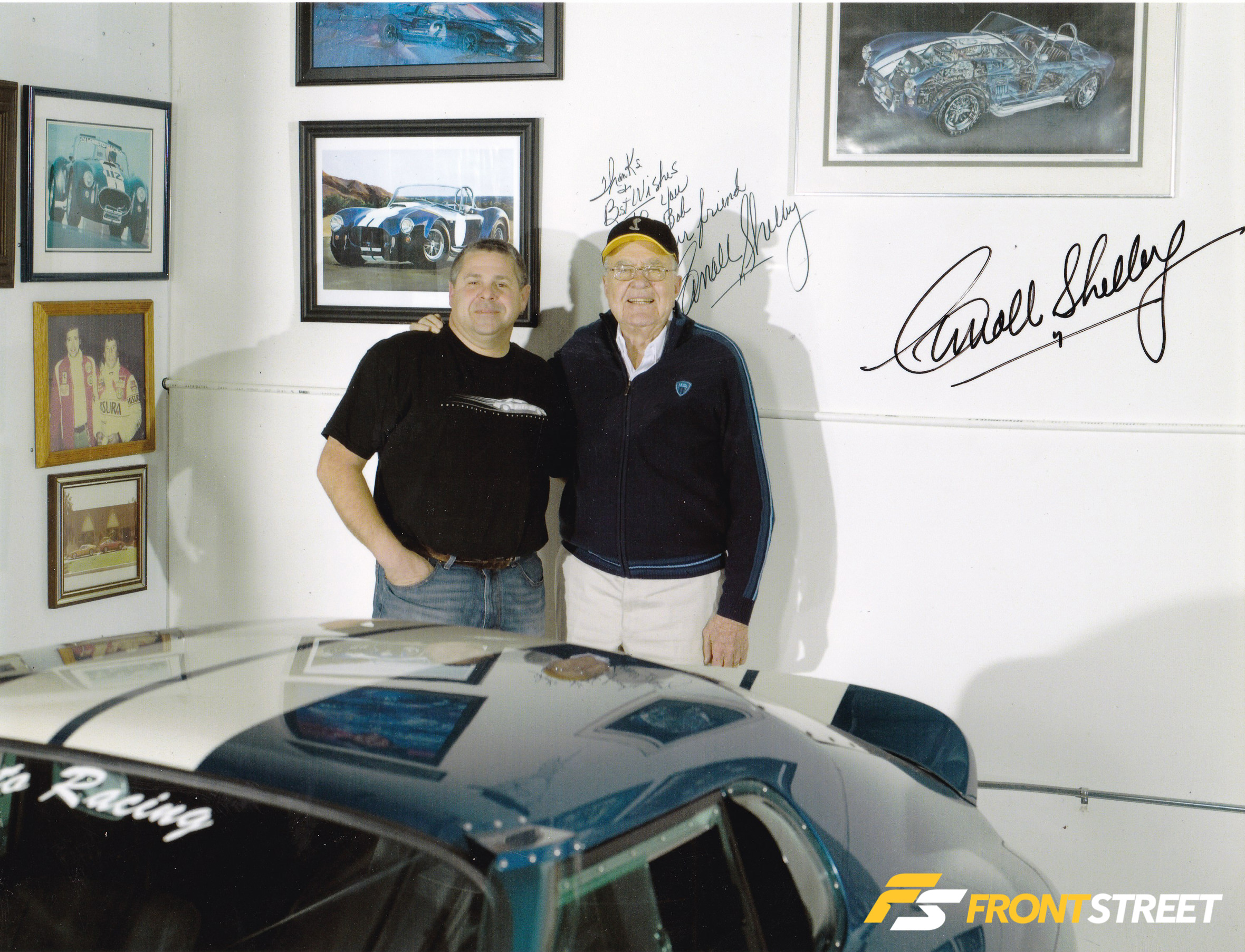
The Man Behind The Name
The name AEM came from JC’s roots in tuning; first in carburetion and then with early standalone EFI systems. Advanced Engine Management, or AEM for short, was a natural. AEM’s roots started long before the doors ever opened, though. After breaking into the industry, JC ran the R&D unit at Redline, Weber carburetor’s official US R&D and distribution partner.
“While at Redline, I had the opportunity to work at ROUSH Performance in Livonia, Michigan, and met and made friends with several Ford employees in the late ’70s and early ’80s. The exposure to the OEM world was educational in terms of testing and design for safety,” commented JC.
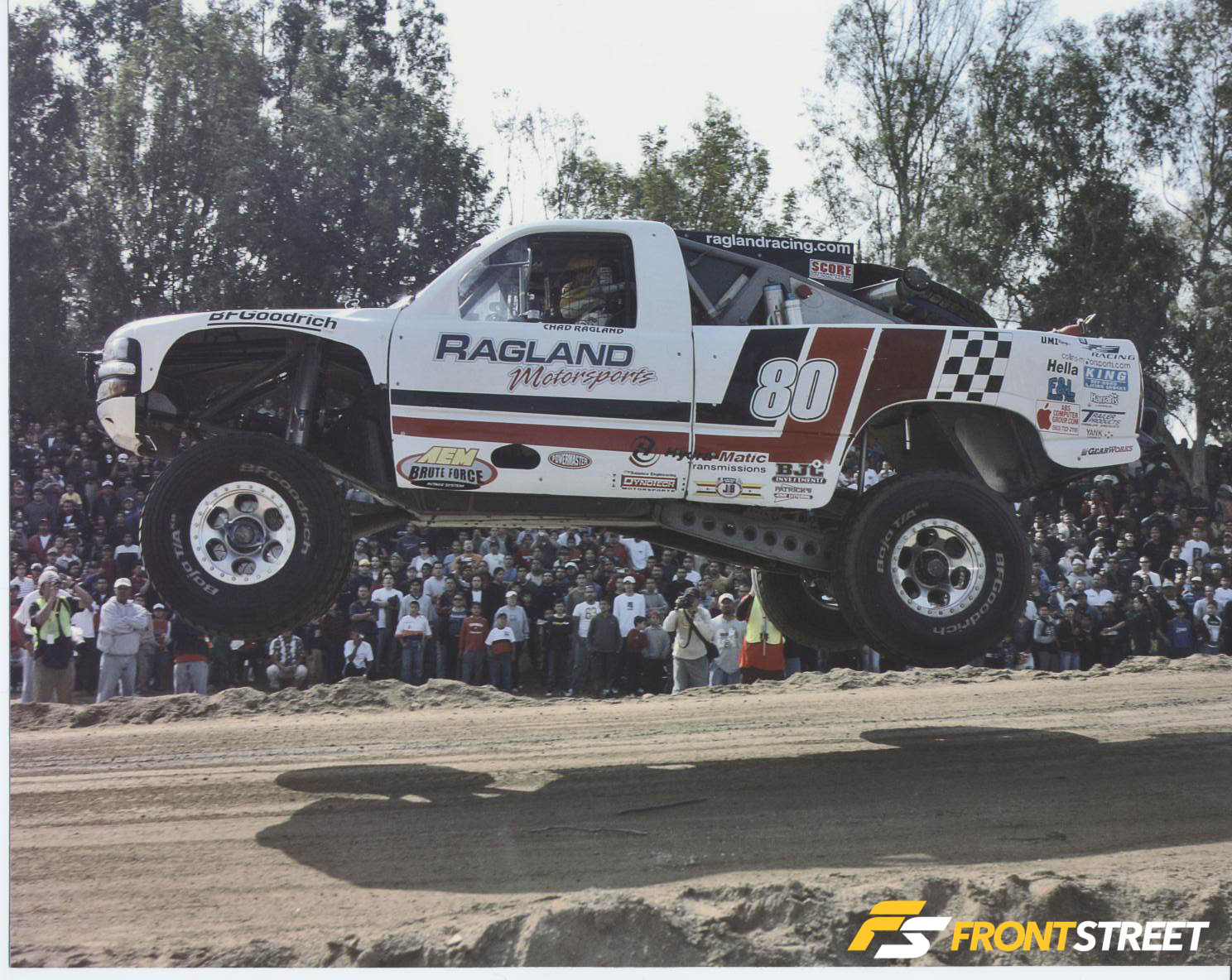
Off-Road Roots
Redline sponsored several off-road racers that drove for Nissan, Toyota, Ford, Chevrolet, Mitsubishi, and several Class 1 and 16 cars that ran Weber carburetors in SCORE racing. During that time JC, and his associate Jeff Huber, worked with Mickey Thompson, Ivan Stewart, Cal Wells, Rod Millen, Rick and Roger Mears, Walker Evans, Bobby Ferro, Steve Foster, the Gillman Brothers, Bill Stroppe, Darren Skilton…virtually all of the most successful off-road racers of that time.
Learning The Emissions Game
As emissions regulations became stricter and enforcement became tighter, JC and Gary Polled were tasked with developing a street-legal carburetor to replace the failing OEM units on Japanese, German, and English cars. He created a complete line of street-legal Weber Carburetors cleverly called ‘Street Lethal,’ which was wildly successful. However, in the mid-’80s, it became apparent that the days of the carburetor were limited. But this background would prove critical in the success of products in the future.
The Birth of AEM
The need for an R&D department for continuing development at Redline quickly became non-existent, and owner Peter Neuwirth decided to phase it out. Peter and JC had an excellent relationship “in spite of me being a bit of a challenge to deal with,” as JC puts it. He proposed to open a business with Concialdi that was geared toward servicing high-end electronically fuel-injected cars. While Neuwirth had to back out for personal reasons, he offered to sell Concialdi all the equipment in the R&D division of Redline, including the dyno. This relationship would endure, though, and open the door to a new level of growth for AEM in the future.
Concialdi wanted to start AEM, but he was underfunded, so he reached out to Bob Sullivan. The latter worked at the California Air Resources Board (CARB). JC and Sullivan had developed a friendship despite their different paths in the professional world because Sullivan was a racer (he had a Datsun 510 that he auto crossed). He was uncanny in his ability to develop engine calibration solutions, and he accepted JC’s offer to partner up. On October 1st, 1987, AEM was born, marginally capitalized and ready to run.
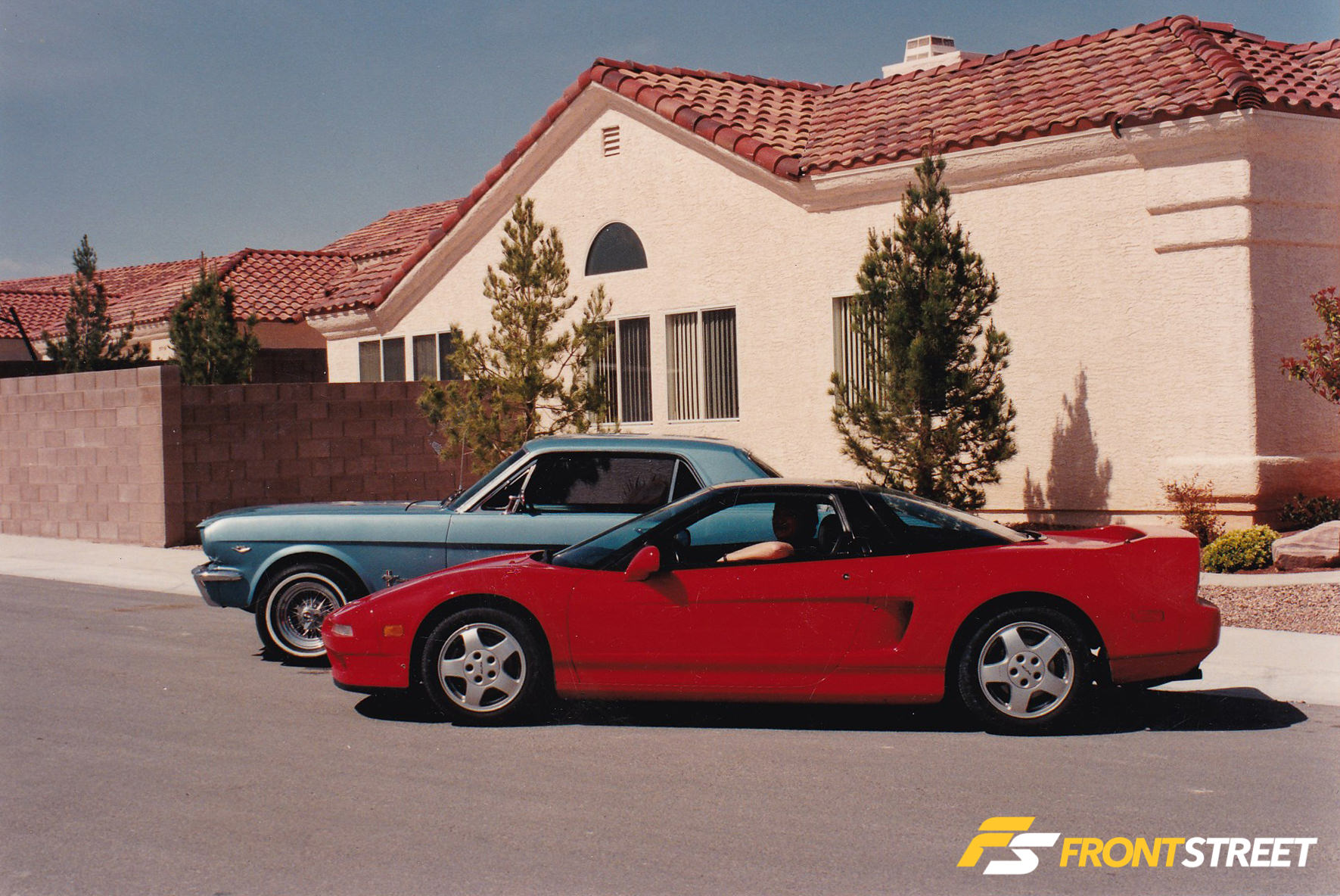
The Early Days
It was right around 1987 when Japanese imports started moving north of a cult following. AEM was in the US epicenter given Honda’s facility in Gardena, Nissan’s facility in Carson, and Toyota’s Torrance facility. JC had established several relationships with engineers at all three companies. They all brought in their special projects from racing divisions. In addition to tuning and fabrication for customer cars, they kept the lights on and JC’s picture out of the post office.
AEM also had a considerable following of vintage racers due to JC’s relationship with Weber Carburetors. In those days, the business had a constant parade of amazing customers and cars like Lotus 23B, Lotus 15, a Stanguellini Formula Junior, and Lamborghini Miura SV.
In 1989 Sullivan sold his half of AEM to JC, and JC became the sole proprietor. After realizing that tuning would not pay the bills, he decided to manufacture and market the products that AEM used for its customer cars, including Electromotive TEC, MoTec, and Accel EFI systems.
“We had two very bright tuners working for us at the time,” noted JC, “Brian Sakata had a MoTec on his MR2, and David Sung had a turbocharged 20R Celica with an Electromotive TEC system. Those cars helped get our name known for doing work on EFI cars, and we still serviced Weber-carbureted cars in addition to a bunch of NOS-equipped cars that a local car club competed with.”
Early Manufacturing Efforts
Perhaps the most notable product AEM made in the early ’90s was the cold-air intake system. Anyone that has done dyno testing knows the power standardization equation. After doing the corrections, it quickly becomes apparent that the cooler the air into the engine, the more power it will make. Cold air, however, is only part of the story behind intake tuning. The other aspect that is not so apparent is the tuning of the duct’s length and diameter to take advantage of resonance tuning in the intake manifold. Combining the two enhancements allowed AEM to make significant gains in power on the engines back then. Understanding that emissions compliance would play a role in this product line’s success, AEM submitted every intake it designed to CARB to receive an Executive Order (EO) indicating that it was tested as emissions compliant.
AEM also decided to make adjustable cam gears for racecars using larger camshafts. JC was friends with Dwaine and Dan Esslinger of 2.3-liter Ford four-cylinder engine fame. Dan made an adjustable cam gear for the Ford engine, and JC asked him if he would make the same product for him. He declined but gave JC the approval to use the design, so credit Dan Esslinger for teaching JC how to make the first adjustable cam gears for Hondas, Toyotas, and Mitsubishis.
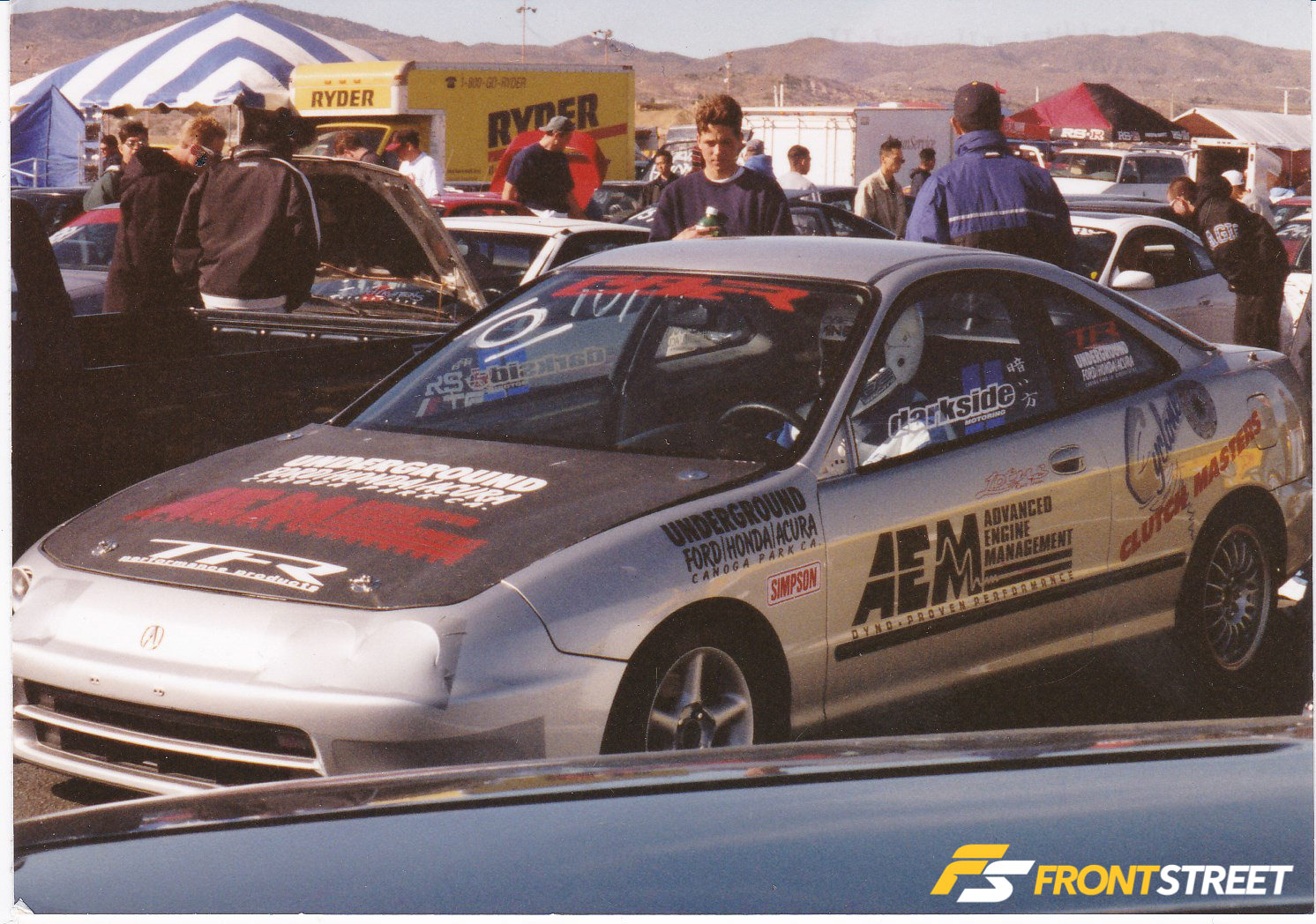
Growing Pains and Opportunity
AEM’s reputation was growing, but as competition from larger, better-financed companies made their way into the space, JC found himself at a crossroads. Burned out and offered to work at ROUSH Performance in Livonia, MI, he contacted his old employer, Peter Neuwirth, to ask for advice.
“Peter asked me how AEM was doing, and I said OK, but it was a struggle. I showed him a pile of magazines that featured AEM, and he asked me a lot of questions. He looked at the direction of the market and said I would be insane to move to Michigan. I needed a partner to properly capitalize the company and develop a plan for growth. My response was if Peter was willing to be that partner, then I was in.”
Peter and his son (and current President, Greg Neuwirth) acquired the majority of the business, and the next phase of AEM’s direction began to take shape. In October of 1997, almost 10 years to the day of the opening in Compton, AEM was reborn.
In 1998, under Peter and Greg’s direction, AEM moved into product development and distribution. JC’s focus was now solely on design and R&D while Peter and Greg focused on growth, but there was still a lot of work to do. JC introduced Peter and Greg to Kirk Miller at the PRI Show that year. Peter and Greg made the deal to get Kirk on board. He immediately went to work increasing AEM’s distribution channels. The nucleus of AEM was starting to take shape, and it would snowball from here.
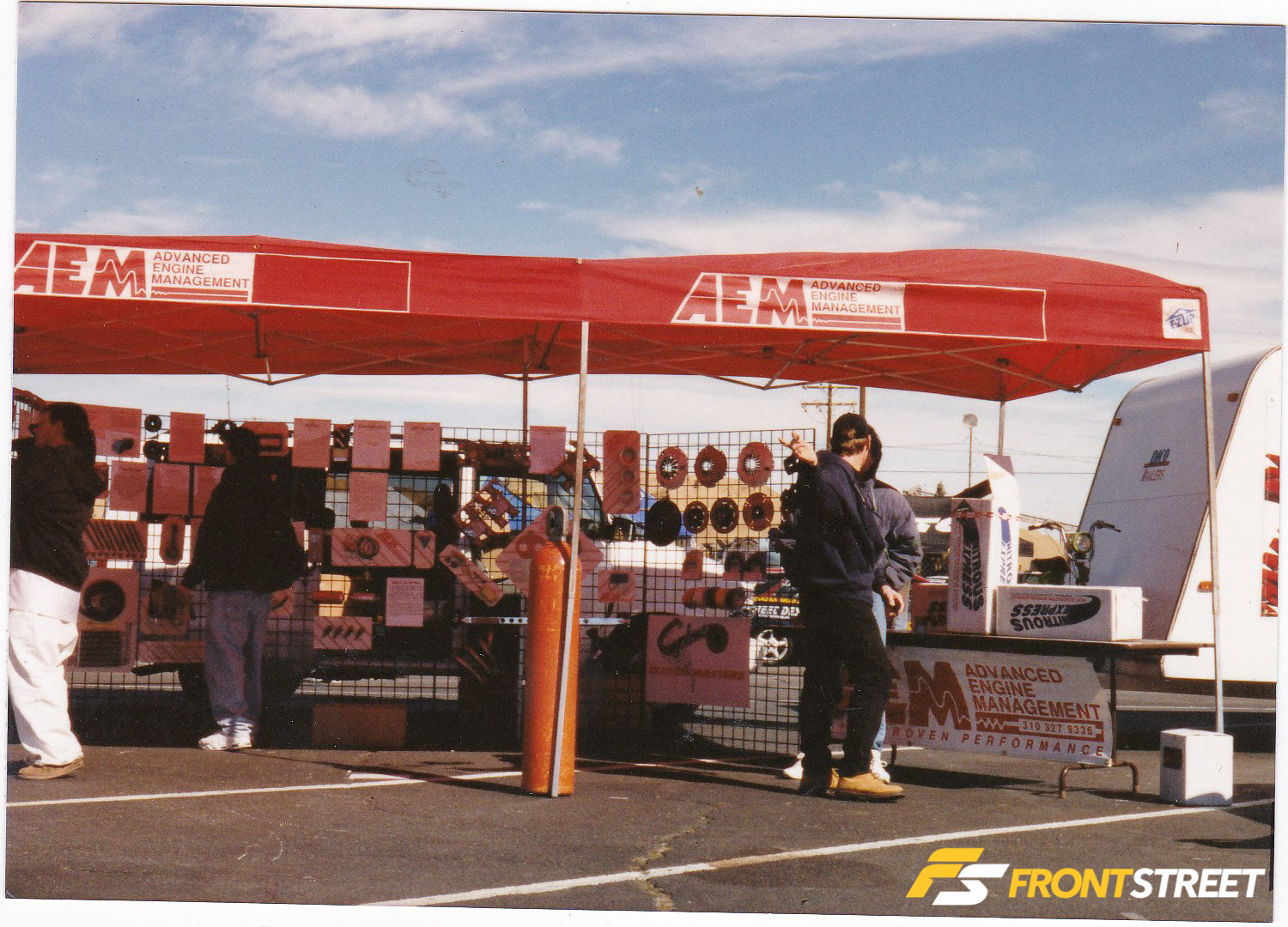
A New Direction
AEM’s philosophy became focused on both creating innovative products that didn’t exist and making previously unattainable products for many racers and enthusiasts more affordable. In doing so, AEM has shaped the market several times. AEM developed a big brake rotor kit, a business that they eventually sold to a performance brake specialist. Still, its ability to retain the factory caliper drove down prices in the market and made a big brake kit more affordable for everyone. Its billet line of application-specific High Flow Fuel Rails, adjustable fuel pressure regulators, and high flow fuel filters on a mass scale vastly increased their availability and attainability. Not to mention, the company’s breakthrough Wideband UEGO gauge spurred an industry all to itself.
With a background in tuning, it was only a matter of time before an electronics line would make its way into the mix. In 2000, AEM began developing its own programmable EMS because most of the market was too expensive or did not include features that they felt were necessary for tuning turbocharged engines. Another major issue was wiring; in 90-percent of the cases, a bespoke harness for standalone EFI was significantly more than the EMS. They concentrated on a Plug & Play EMS for OEM-based converted race vehicles that installed on a vehicle’s OEM wiring harness. Since OEM harnesses and sensors are built to last for at least 100,000 miles, it was the easiest and most reliable path for implementation. They also eliminated bespoke communications cables. From experience, they knew that there was nothing more frustrating than being stuck on the dyno or at the track with a bad cable that isn’t commonly available. In late 2001, the Series1 Programmable EMS hit the market, and in conjunction with the Wideband UEGO Controller gauge in early 2002, the company’s electronics division launched like a rocket.
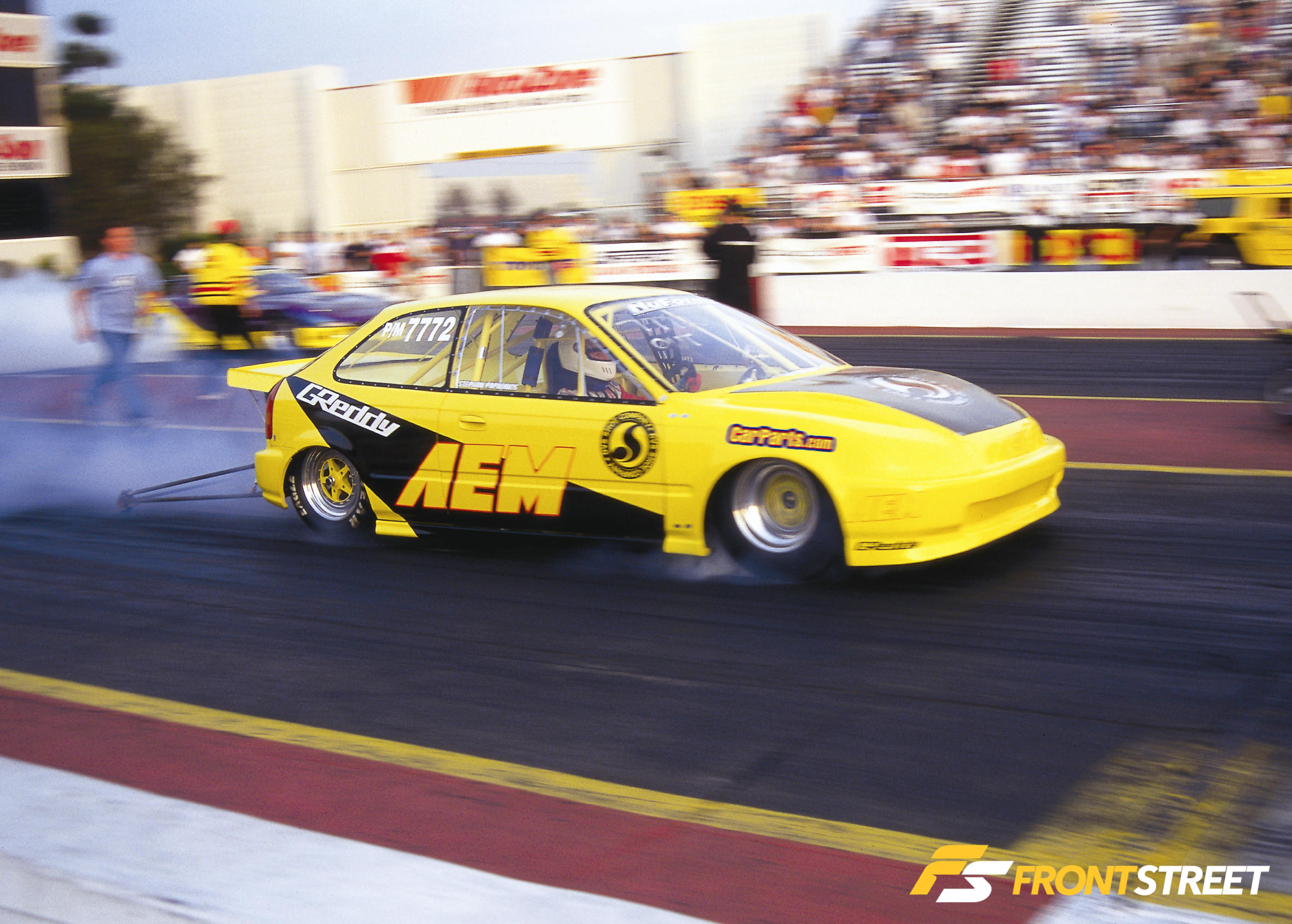
The Shot Heard Around The (Filtration) World
AEM was contacted by Scion in 2003 and asked if they were capable of developing parts for after-sale through their dealers. At this time, auto manufacturers had to drastically reduce hydrocarbon emissions to meet PZEV standards, and Scion incorporated a Hc trap in their intake system. An active carbon Hc trap meant that AEM could not use traditional oiled cotton gauze filtration media for the filter. If a customer over-oiled their filter, the oil would contaminate the active carbon pad and render it non-operational. AEM had to come up with a filter that did not rely on a tackifier to retain contaminants.
After some research, the “DryFlow” filter was born, and it opened the flood gates. AEM began manufacturing intake systems for several OEMs, including GM, Pontiac, Chevrolet, Mazda, Chrysler, Mitsubishi, Subaru, and others. To keep pace, AEM separated its aftermarket and electronics from the OEM product development.
Working with the OEMs was a lesson in durability testing, product documentation, and product validation and made AEM much more robust in every respect. Everything the company learned from working with the OEMs went directly into its aftermarket products to make them better.
Between 2003 to 2008, and after acquiring header and exhaust manufacturer DC Sports, AEM operated three facilities: the main building in Hawthorne, a manufacturing and race team headquarters in another building in Hawthorne, and the DC Sports building in Corona. They had roughly 300 employees between its aftermarket and OEM divisions.

Adversity and More Opportunity
In 2009, AEM sold its induction and exhaust business, and pivoted its focus on its electronics division and creating supporting electronics products. This focus on electronics allowed the company to develop new product lines like water/methanol injection systems, faster and more accurate X-Series gauges, the fastest wideband on the market in the X-Series Wideband gauge and Inline Controller, CAN-based sensor systems like its Vehicle Dynamics Module and 8 Channel K-Type Temp Sensor Module, high-value alcohol fuel-compatible pumps and a host of other electronics and ancillary hardware.
In 2010, the Series1 and Series2 EMS platforms were maturing. AEM began to develop a new engine management system far more advanced than its original offerings. The engineering team worked nonstop for years to build the Infinity strategy and feature list, including integrated features for modern engines like four-cam variable cam timing control, drive-by-wire control, and onboard Lambdas, robust onboard logging, ethanol- and multi-fuel capability, and more.
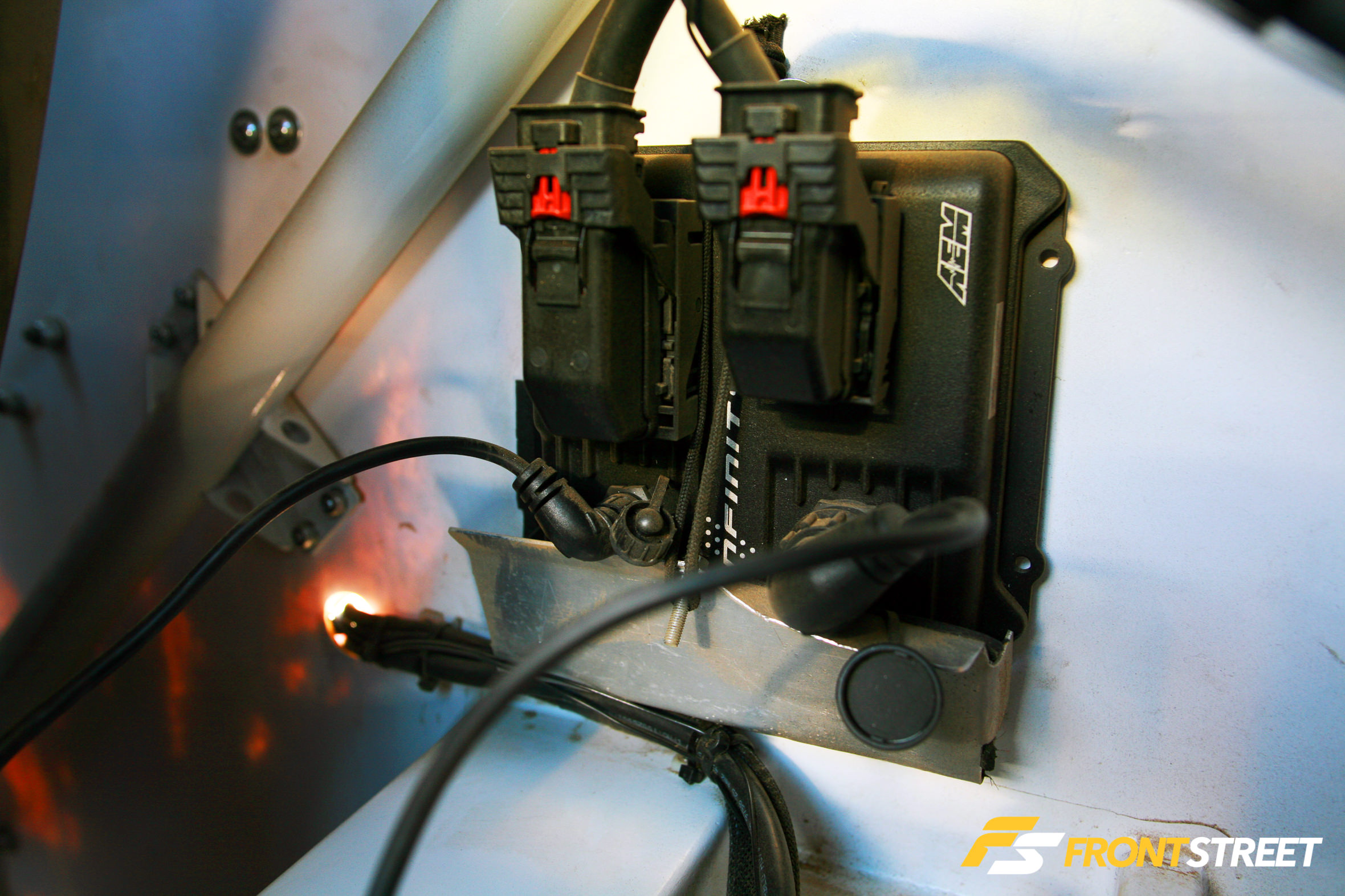
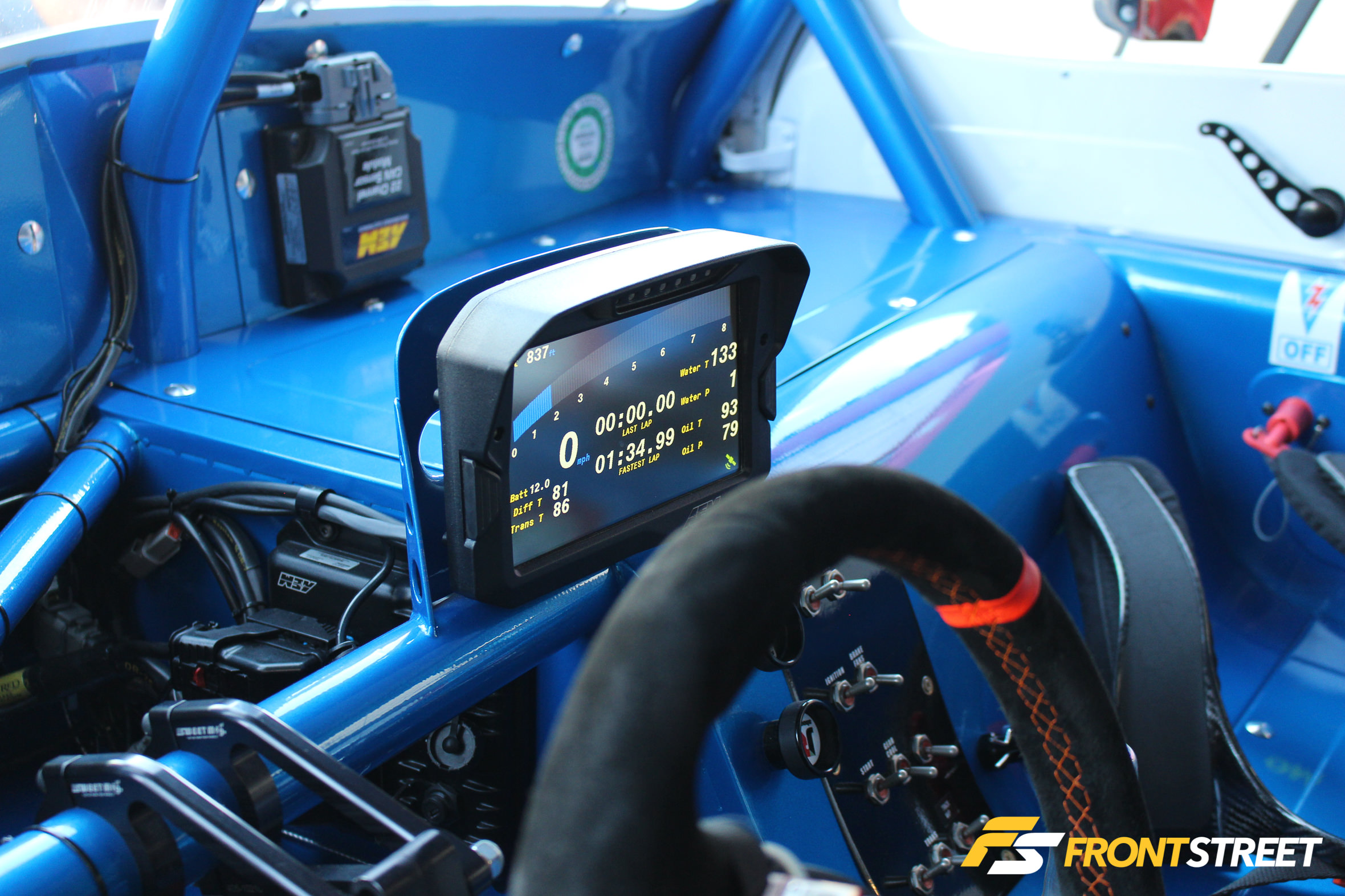
Next-Level Data Visualization
For years customers would ask when AEM was going to make a digital display. In 2017, AEM answered that call with its CD Carbon digital dashes. True to its mission, AEM wanted to produce a display that eliminated existing shortcomings in the market like inputs for viewing and logging and integration issues like expensive adapters to integrate with other non-AEM products. AEM had already integrated CAN bus into many of its products, so it seemed natural to make the dash a CAN-receive device to eliminate how many inputs it could receive. Since CAN was widely adopted in racing electronics, the company created an open architecture CAN design that allowed the dashes to receive channels from just about any CAN-based device, not only AEM products. Regardless of the device sending a CAN output, the odds are that CD Carbon dashes can display and log them. To date, AEM has validated well over 200 non-AEM products to communicate with its CD Carbon dashes and has developed CAN Converter modules so that anyone can install a CD dash on any vehicle.
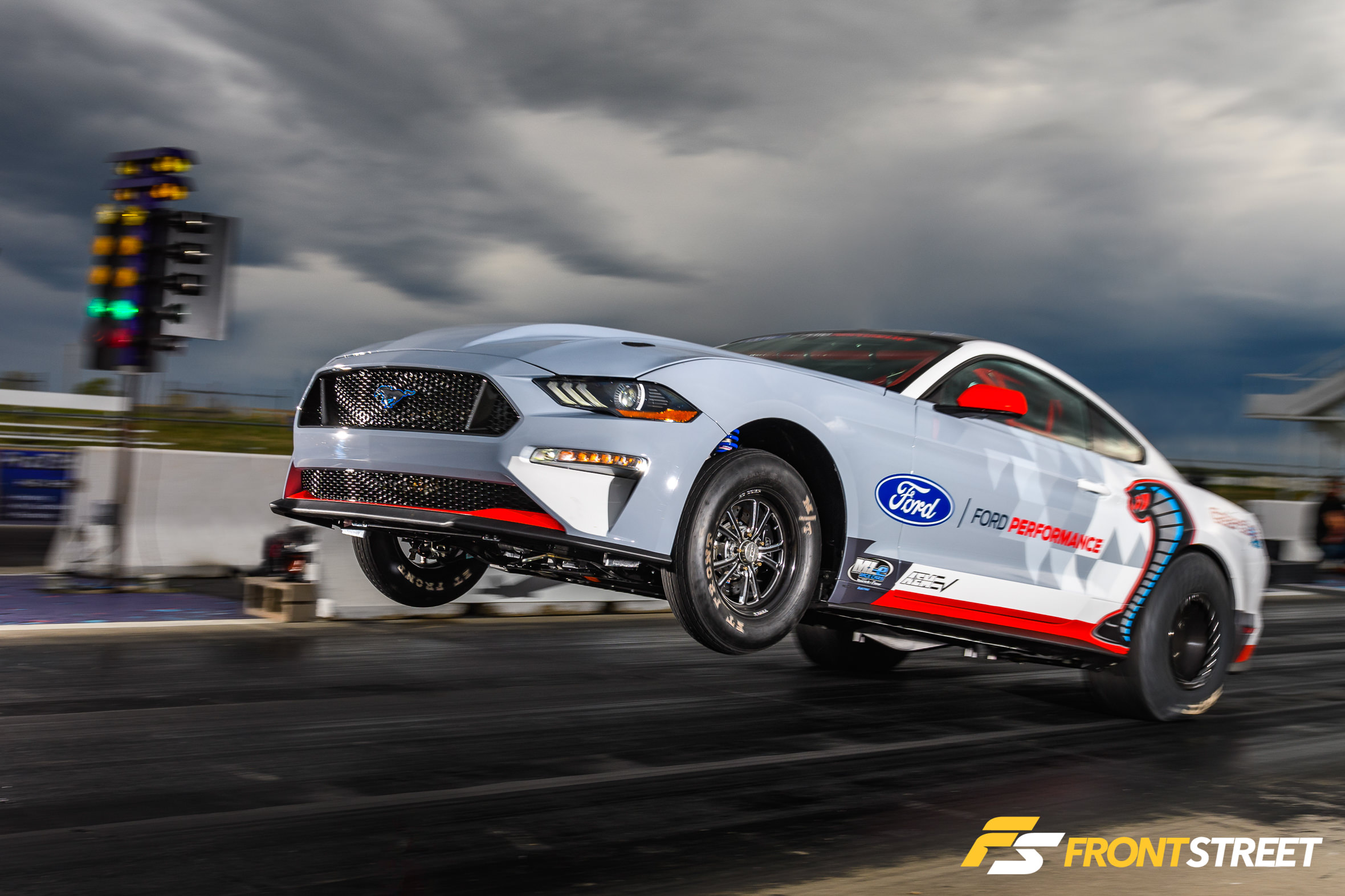

An Electrifying Future
The advent of the electrification of vehicles represents a shift in how vehicles will be powered in the future. Still, there is already a whole industry devoted to EV conversions of all types, from classics to muscle cars, and EV racing series and classes are being announced with regularity as the automotive industry embraces EV power. If there is one thing enthusiasts have learned, if someone builds it, someone else will look for a way to make it faster.
Looking to the future and having the benefit of strategic partnerships with key performance EV companies including Cascadia Motion, Ford Performance, MLe, EV West, Huff Motorsports, and Napoleon Motorsports, AEM launched AEM EV, a separate division from its internal combustion engine division, that is devoted to performance controls for electric vehicles. AEM EV is the first company to provide complete vehicle control for aftermarket EV applications through its Vehicle Control Units (VCUs), which incorporate features like torque management, launch control, map switching, and more with OEM safety features not commonly found in the EV conversion and motorsports segments. The company’s VCUs act as supervisors by communicating with all the various CAN networks on an EV so it can apply strategies for optimum performance or drivability on street applications — in the safest possible manner. Of course, all of this is programmed using AEM EV’s proprietary GUI software that alone is a game-changer for this market segment.
The VCU is complemented by a CAN-based Power Distribution Unit for controlling switched functions, which AEM is currently validating to work with the Infinity ECU on the internal combustion engine side of things, and a CAN-based Keypad for commanding functions from the VCU in the driver’s seat. The CD Carbon dashes integrate seamlessly in EV and provide a logging solution for the calibrator. AEM EV is currently hard at work to increase the application support range for the VCU and will soon be releasing numerous follow-up products that support the safety and ease of EV conversions.
One thing is for certain when it comes to AEM; whether your passion lies with internal combustion, electrification, or both, AEM will continue to look for opportunities to make great products that are better and more affordable and will continue the pursuit of solving problems that don’t have a solution through product innovation.
We’d like to thank Lawson Mollica for taking the time to explain AEM Performance Electronics’ history to us. If you’re interested in more details on the company’s history, its products, or any new updates, please check out the links below.
https://www.facebook.com/aemelectronics/

